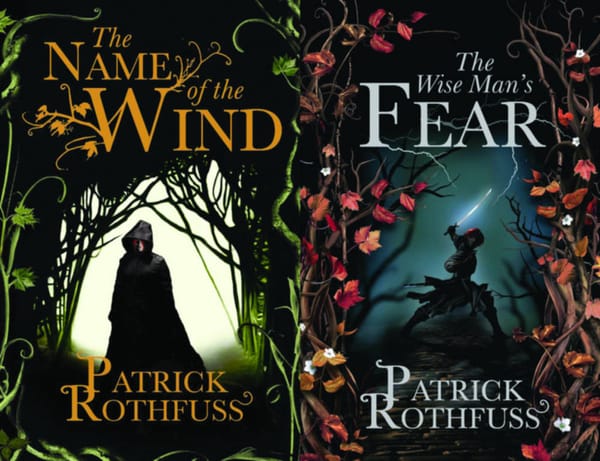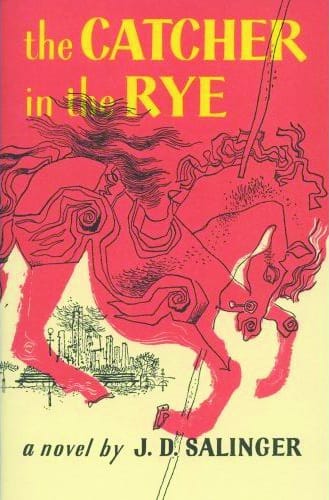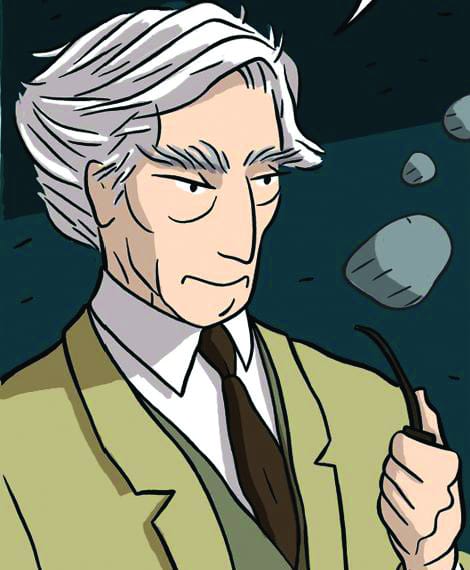A moving reminder of simpler times
A look back at Le Petit Nicolas – Goscinny and Sempé’s nostalgic masterpiece
I know what you’re thinking – surely this can’t be a review of a series of children’s stories in Felix. Well, if the television section can review My Little Pony I can review the Nicholas books. Indeed, while it can classified as children’s literature, I for one think that the main appeal of the series is for adults.
Le Petit Nicolas, as the eponymous protagonist and narrator of the stories is known in the original French, was created in 50s by René Goscinny, best known for his work on the Astérix comics. Goscinny wrote over two hundred short stories about the red sweatered seven year old –- first in the Belgian paper Le Moustique and later in the highly respected Sud Ouest Dimanche. It was not long before these were collected in book form.
Nicholas is an ordinary boy living in an unspecified city in 50s France. Each story focuses on a specific episode in his life – from a school photograph to his parents buying him a bike. The humour is derived mainly from his understandably childlike first person narration. While younger readers will certainly find Nicholas’ experiences, and how he describes them, funny it is clear that the stories are also cleverly designed to evoke nostalgia in older audiences.
“while it can classified as children’s literature, I for one think that the main appeal of the series is for adults”
Nicholas’ short attention span, constant falling out with his friends only to get back together as if nothing had happened later the same day and his general immaturity serve to pleasantly remind us of our own childhood. Another common element of the stories is commentary on the absurdities of the adult world from Nicholas’ young viewpoint. Descriptions of the constant rivalry between the Nicholas’ father and his neighbour, Mr Blédurt, who are nevertheless described by the boy as “friends”, the occasional petty quarrels between his parents, and his mother’s empty threats to move back with her mother, never fail to raise a smile. There is a childlike innocence and charm to this all that is very appealing.
Any review of these books wouldn’t be complete without a mention of the illustrations. The name of the illustrator, Jean-Jacques Sempé, quite rightly appears on the books’ covers with equal prominence to that of Goscinny. His drawings are a vital addition and complement the stories perfectly. They are simple, reminding you of childlike sketches, but full of joy and youthful energy. I can’t imagine how they could capture the feel of Goscinny’s writing any better.
The stories are very short – most can be finished in under ten minutes, so you can get through them even if you don’t have a lot of free time. Indeed, they’re the perfect way to relax and remind yourself of your more carefree days. It’s a shame that the Nicholas stories aren’t as popular as they should be in England but you’ll probably be able to find them in any bookstore, such as the excellent Daunt Books, that has a good children’s and foreign literature sections. Pleasant reading!









